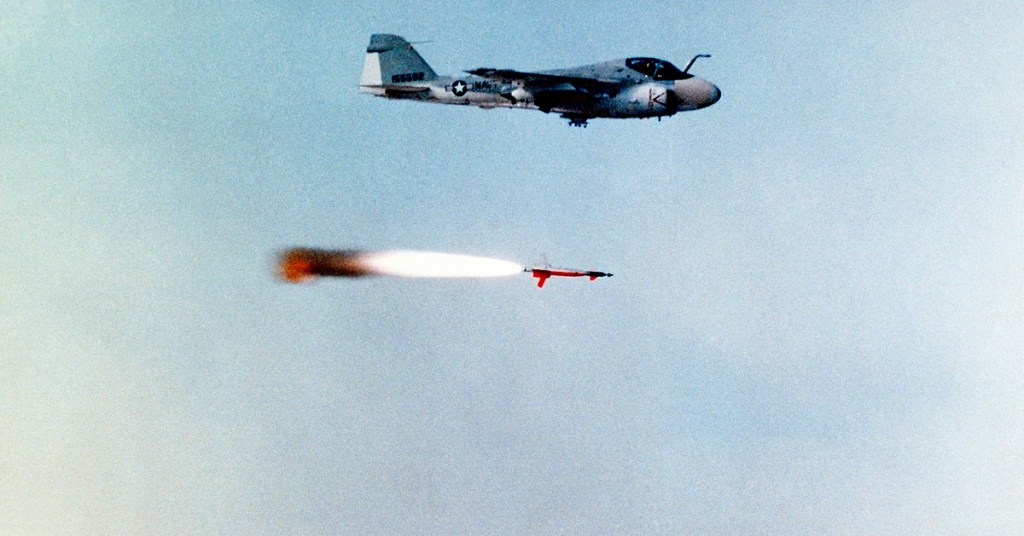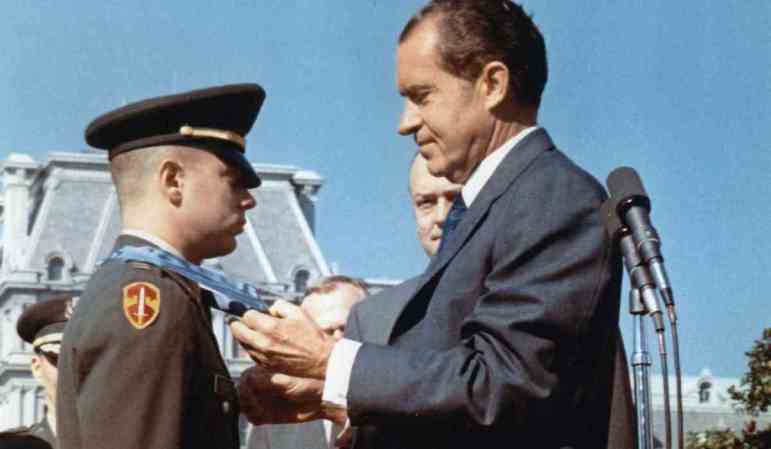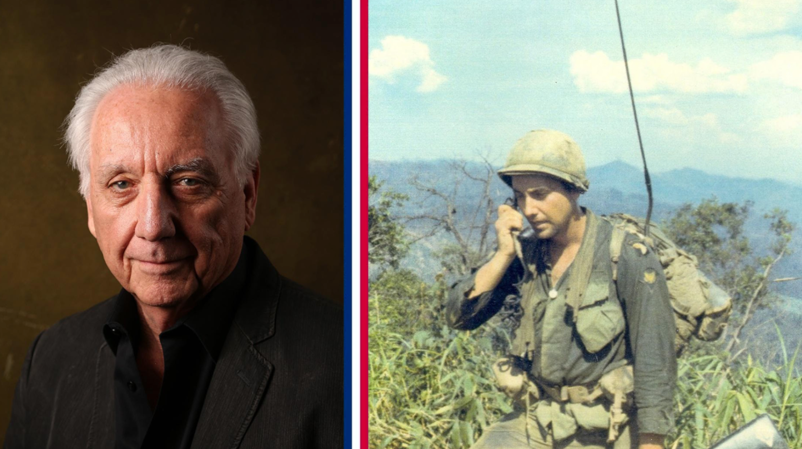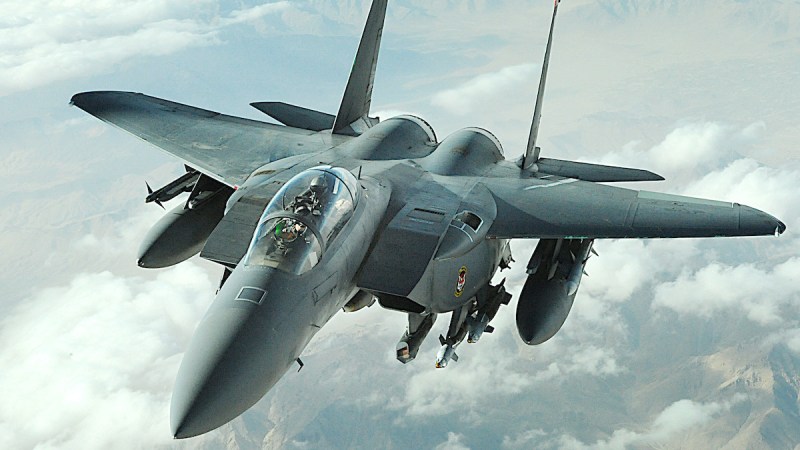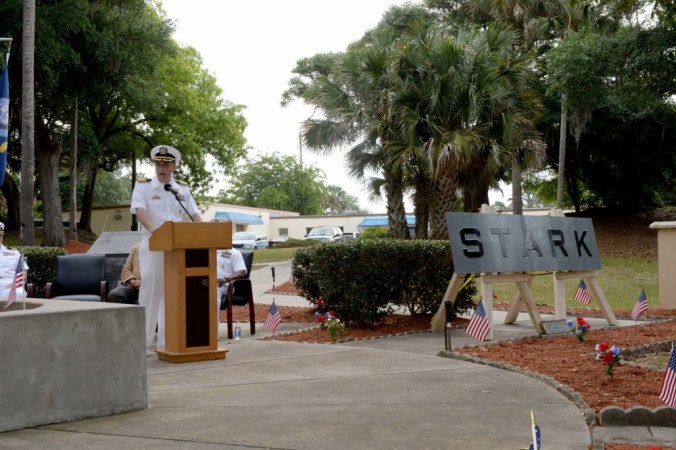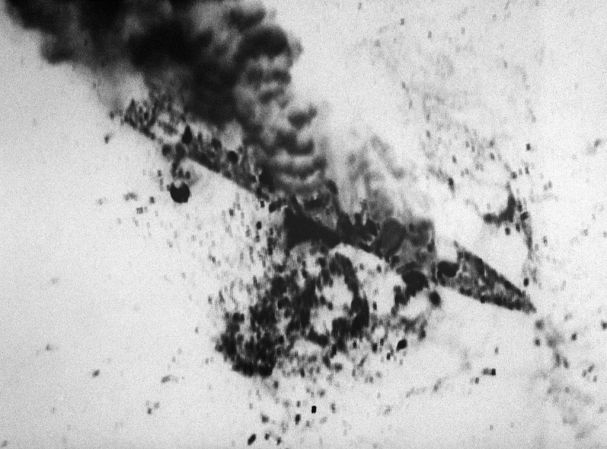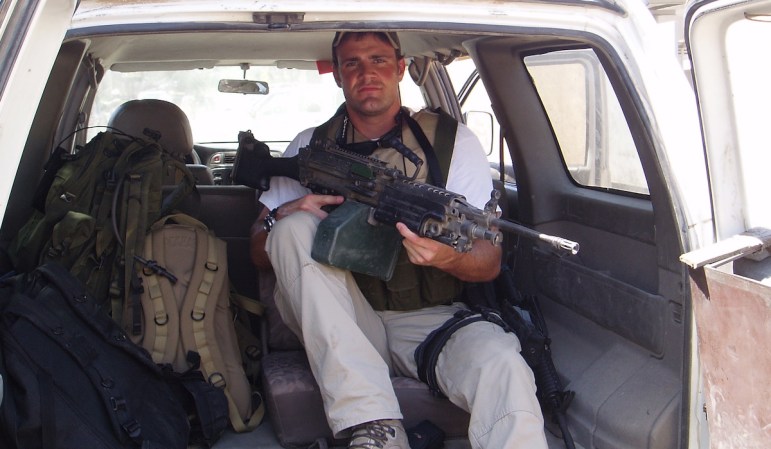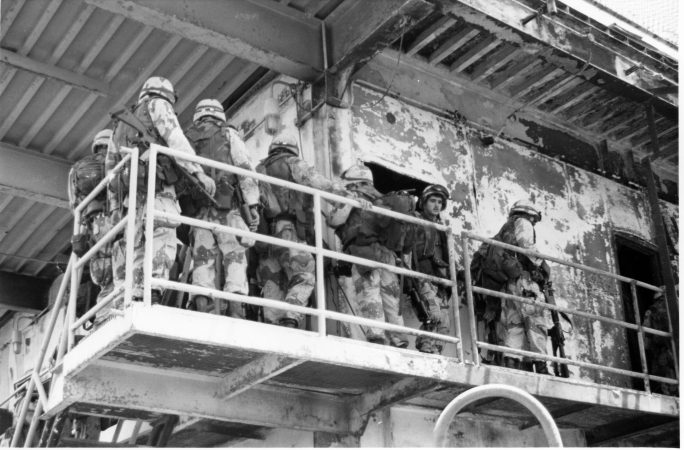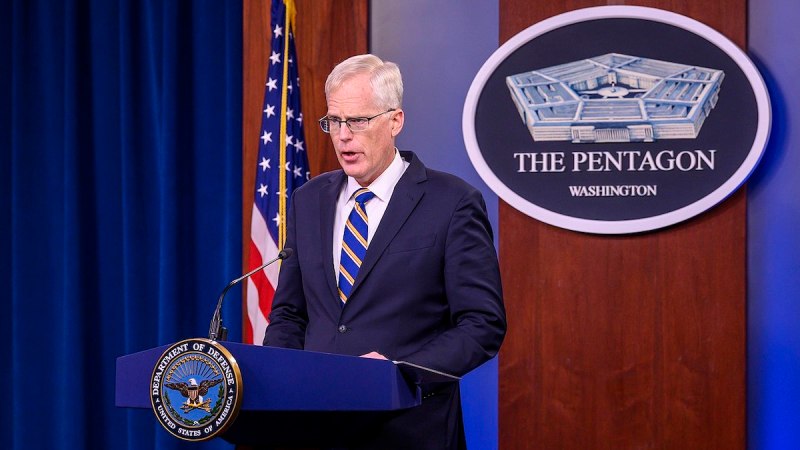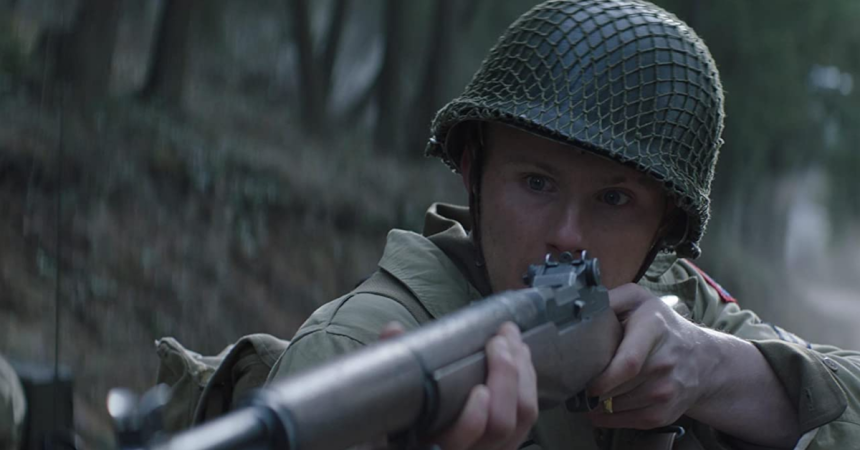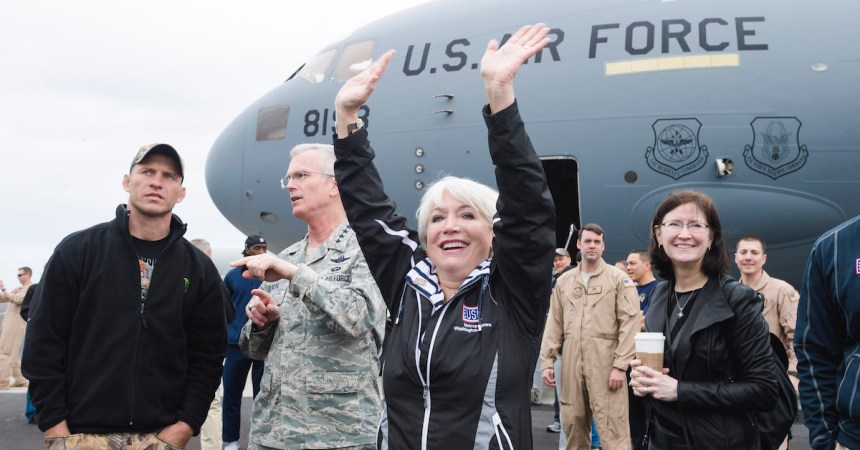Laser-guided bombs had proven to be a winner during the Vietnam War. There was just one minor problem: Their range was relatively short. This was actually a big deal for pilots, who had to deal with surface-to-air missiles and anti-aircraft guns trying to shoot them down.
Some geeks at the Naval Weapons Center in China Lake, though, had a thought. They took a typical GBU-16 Paveway II laser guided-bomb, which was centered on the Mk 83 1,000-pound general purpose bomb. Now, a 1,000-pound bomb might seem small compared to the 2,000-pound bombs many planes carry today, but in World War II, the 1,000-pound bomb was good enough to sink carriers.
But what these geeks did was add a rocket motor from the AGM-45 Shrike, an anti-radar missile used to shut down enemy air defenses, to the back of the Paveway. The result was a weapon that gave the A-6 Intruder one heck of a punch. It certainly worked out better for Navy pilots than that JATO rocket did for a Chevy Impala driver who may or may not have existed.

The Skipper’s primary component is, for all intents and purposes, a GBU-16 laser-guided bomb. Engineers at China Lake stuck a Shrike’s rocket motor on the back, and got a weapon that could hit a target 14 nautical miles away.
(US Navy photo)
The missile took some time to win over the brass, but they eventually gave it a designation – the AGM-123 – and a name: Skipper. Over 2,500 were purchased. The Skipper got its name because of the way the guidance fins on the Paveway worked: They tended to make very sharp turns, so it would appear like the missile was skipping like a stone across a pond.
The Skipper was primarily intended to take out enemy ships from beyond the range of their defenses. They had their moment in the sun during Operation Preying Mantis, the American retaliation in the wake of the mining of the guided-missile frigate USS Samuel B. Roberts (FFG 58).

The Iranian frigate Sahand was on the receiving end of two Skippers and a bunch of other weapons during Operation Preying Mantis.
(US Navy photo)
Four Skippers were used against the Iranian frigate Sahand, which was eventually sunk. The Skipper also saw some action during Operation Desert Storm. It had an effective range of almost 14 nautical miles, although its rocket could propel it up to 30 nautical miles. The real limitation came not from its improvised nature, but from the range of laser designators currently in service.
The Skipper was retired in the post-Cold War drawdowns of the 1990s, which also claimed the plane that wielded it most of the time, the A-6 Intruder. Still, for a while, it gave the Navy a very powerful and precise punch.


